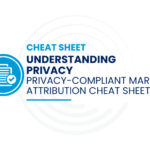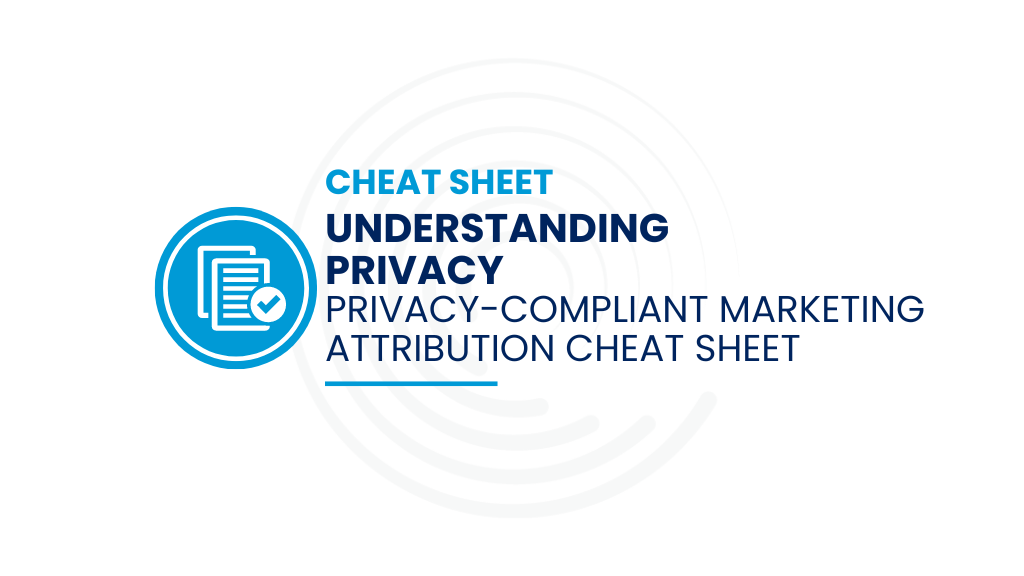This week’s post comes from the very talented Julie Gibbs, VP Marketing of Mashery.
Every marketer has to figure out what metrics matter for their business. If you’re selling shoes, which styles are moving now, who’s buying them, and what price they’re paying drives how you choose and promote the shoes for next season. If you’re selling something more complex, like airplane engines or enterprise software, you need to have a deep understanding of your customer’s needs so that you can map and measure what you do accordingly. For years now, measuring “Marketing ROI” has been trumpeted by many, especially vendors in the marketing automation sector. It’s an important concept, but any marketer with a grain of pragmatism knows there are many shades of gray in measuring marketing.
How do you measure, for example, the influence of the people you hire and the relationships they have with media and analysts and vendors that gets you better coverage or more favorable pricing? How do you measure the impact of the goodwill you build by being a good business partner for other companies or consultants who may be referring or reselling your products or services more than those of a competitor also in their partner program? Those areas will always be gray. Measuring marketing ROI remains in the category of educated guessing – which is not to say you should stop. Most executives want any reasonable metrics they can get that allow them to make informed decisions about where to spend money.
The key is to gain better understanding of which gray areas influence your customers the most. With the emergence of new tools like Full Circle Insights and sophisticated analytic frameworks and best practices from firms like SiriusDecisions, we can get deeper, more nuanced understanding of how marketing is influencing sales and contributing to the overall health (or not) of your company’s pipeline. Why does this matter? Because measuring influence – from social media to press coverage to content distribution to every marketing campaign you run – can show you the contribution of all of your measurable marketing activities on every deal your company closes. This shows marketing’s impact on the business more holistically, which positions marketing more strategically.
When Sales closes a six-figure deal with Acme Widgets, you can see that 12 people from the company viewed your content on a third-party site through your content distribution programs, 8 of them followed you on Twitter and 6 “liked” you on Facebook, 7 people visited a total of 48 pages on your website, 4 people engaged with your online videos and demos, and 3 people attended your joint webinar with your top implementation partner. You can also see that Sales called on the account 24 times and conducted 5 meetings and worked on a “proof of concept” with Acme (no doubt using marketing-provided presentations and sales tools). And you can see that, for some reason, the deal stalled for 30 days at a stage that usually progresses in 15 so you can investigate with Sales what happened there.
Do you think anyone – your top Sales executive, your CEO, your CFO – would argue that marketing influenced that deal?
Given the sheer number of potential marketing touch points – both within and outside of your control – just how can you measure marketing influence?
First, you must know your customer and understand where they go and who and what they trust at each stage of their decision-making process if you want to do and measure the right things. These days, most enterprise IT buyers are well over halfway through their decision-making process before they identify themselves to you, so you must map and align your marketing and sales to their needs.
Second, you must use your core CRM & MAP tools – salesforce.com, Marketo, Eloqua, ExactTarget, whatever – properly. Set up the right data, processes, and workflows and have complete alignment from first touch to close with every organization that touches the customer in any way.
Third, you have to make sure you measure your marketing activities properly and report on the right things. If you measure too much, you’ll get mired in analyzing data that doesn’t drive better decisions. In a complex selling environment with a long buying cycle, you may want to focus on a few key metrics, such as:
- The number of responses (leads) you’re getting from the industries and companies most likely to purchase your products/services
- The velocity with which those responses move through each stage in your sales cycle. (Once you know the “average” time for each stage, you can focus on determining how you can accelerate each stage – and anything that helps close business faster is a surefire way to make Sales and your executives happy.)
- The conversion rates from stage to stage (response all the way to close)
- The average opportunity and deal sizes
You can do a lot of this measurement with a great tool like Full Circle Insights working with Salesforce and supplemented by everything you do to “know” your customer. In a world with an increasing number of potential touch points, it’s important to move beyond trying to “prove” marketing ROI to understanding real marketing influence. What works this year may not work next year (Pinterest, anyone?). Understanding what really influences your customers to buy may cause occasional pain to both marketing and sales, as you learn that the ad campaign you loved didn’t really work and your Powerpoint presentations bored your largest customer’s CFO to sleep, but the visibility you gain is worth it. You’ll feel much better when you see through the fog of gray to the green light at the end of the funnel.







